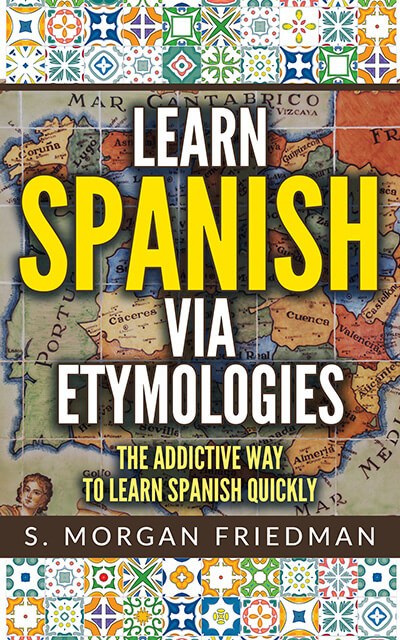The Spanish buitre doesn’t obviously look like the English word it means: “vulture,” both of which are from the Latin vulturis.
But looking below the surface, we see the similarity: the b-t-r of buitre maps to the v-(l)-t-r of “vulture.”
This isn’t obvious at first for two reasons. First, the b- to v- transition: the sounds are identical in Spanish and often interchanged with each other, so it makes sense that they swap here.
But more subtly, the -l- between the vowels disappeared in the Spanish version, with the ulu becoming u-i. The vanishing of the -l- between the vowels is much more characteristic of Portuguese than Spanish (see almost every example in Portuguese, like comparing the Spanish vuelo with the Portuguese voo — an observation I first made in the Rio de Janeiro airport years ago!).

